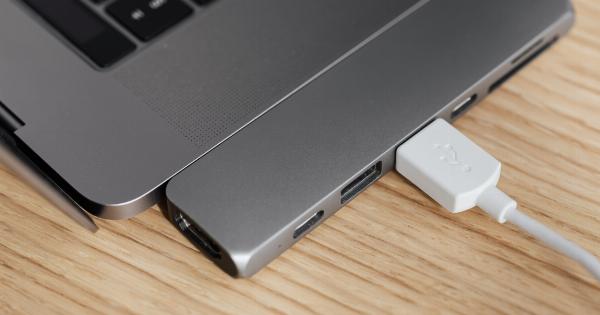Did you know the length of your fingers can reveal secrets about your health? It may sound bizarre, but it’s true.
Extensive research has shown that finger length is a reliable marker of various medical conditions and personality traits, providing insights into our biological makeup.
What is Finger Length?
To understand how finger length can indicate health, we need to first understand what exactly finger length is.
Finger length is defined as the length of the second digit (index finger) in relation to the fourth digit (ring finger). The relative length of these fingers is determined by measuring from the crease where the finger joins the hand, to the fingertip.
The ratio of the length of the index finger to the ring finger is called the digit ratio, or 2D:4D ratio. It is calculated by dividing the length of the index finger by the length of the ring finger.
This ratio is used to investigate the link between finger length and health.
How can Finger Length Indicate Health?
The 2D:4D ratio is an indicator of the amount of testosterone and estrogen hormones that we were exposed to while we were in the womb.
These hormones are known to have strong influences on how our brain, body, and behavior develop throughout our lifespan.
Research shows that a lower 2D:4D ratio, meaning a longer ring finger than index finger, is associated with higher prenatal testosterone exposure. This has been linked to a number of health conditions including:.
1. Prostate Cancer Risk
Studies have shown that men with a lower digit ratio are at a higher risk of developing prostate cancer. This is because prenatal testosterone exposure intensifies prostate gland growth, making it more prone to cancer.
2. Cardiovascular Disease Risk
Research has suggested that a lower 2D:4D ratio is associated with a higher risk of developing cardiovascular diseases such as heart attacks and stroke.
Studies have found that the length of the ring finger is shorter in people who have suffered from heart attacks than in those who haven’t.
3. Ovarian Cancer Risk
Lower digit ratio in women has been linked to a higher risk of developing ovarian cancer.
The study suggested that the length of the index and ring fingers might give indications about the lifetime exposure to sex steroids and relate to the development of ovarian cancer.
4. Autism Spectrum Disorders
Some studies have found that individuals with autism have a higher 2D:4D ratio, indicating lower prenatal testosterone exposure.
This correlation can suggest that a lack of exposure to testosterone before birth can lead to the development of autism spectrum disorders.
5. ADHD
Research has suggested that individuals with ADHD are more likely to have a high 2D:4D ratio. This indicates lower prenatal testosterone levels and could be a contributing factor to the development of ADHD.
6. Aggressive Behavior
Studies have suggested that men with a shorter ring finger than their index finger are more likely to display aggressive behavior.
This is likely due to the higher levels of prenatal testosterone exposure that make them more prone to aggressive and competitive behavior.
7. Fertility
Research has suggested that a low 2D:4D ratio could mean better fertility and more successful reproductive success among men. This is because testosterone levels are higher, which is vital for healthy sperm production.
2D:4D and Personality Traits
Your finger length can also give insights into your personality traits:.
1. Risk-Taking behavior
People with a low 2D:4D ratio tend to take more risks. This is because prenatal testosterone exposure influences brain development and increases the desire to take risks.
2. Musical Ability
Research has suggested that individuals with a low 2D:4D ratio have a greater talent for music. This could be due to the fact that puberty and the rising levels of sex hormones that affect finger length can also impact musical ability and coordination.
3. Verbal Ability
Studies have shown a link between a higher 2D:4D ratio and greater verbal ability. This could be due to lower prenatal testosterone levels, which are essential for brain development.
4. Spatial Ability
Lower 2D:4D ratios have also been linked to improved spatial abilities, which are crucial for tasks such as navigation and shape recognition.
Conclusion
So, your finger length can provide a wealth of information about your health and personality. It’s important to note that these studies are still in their early stages, and more research needs to be done to determine the accuracy of these claims.
However, the correlation between finger length and health is too strong to ignore.
In conclusion, before you shrug off the idea that a simple finger measurement can tell you so much about your health and personality, give it a try. It may provide you with valuable insights about your health and overall well-being.




























